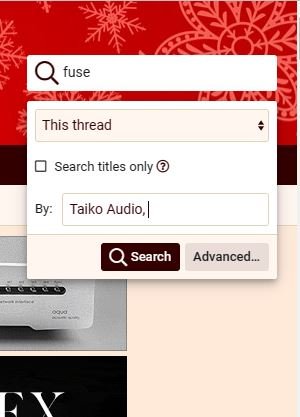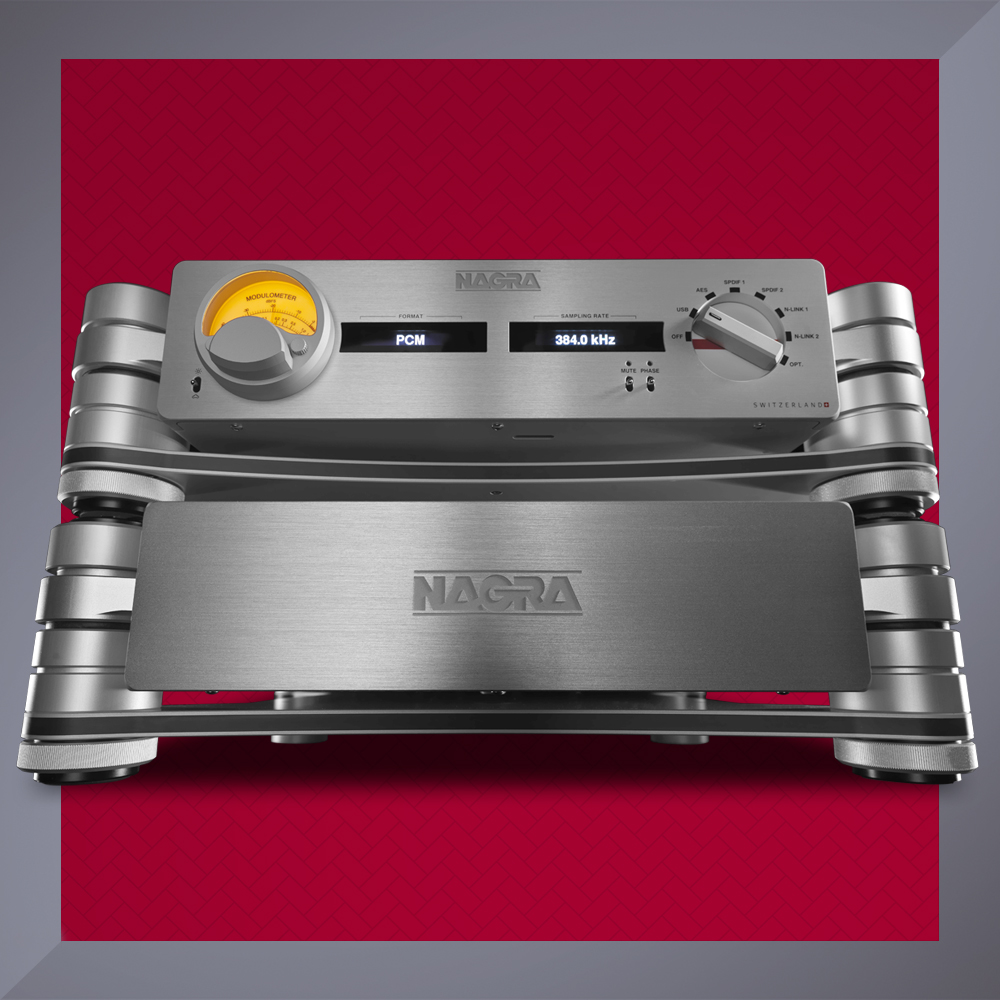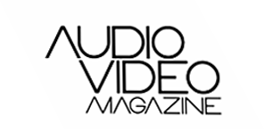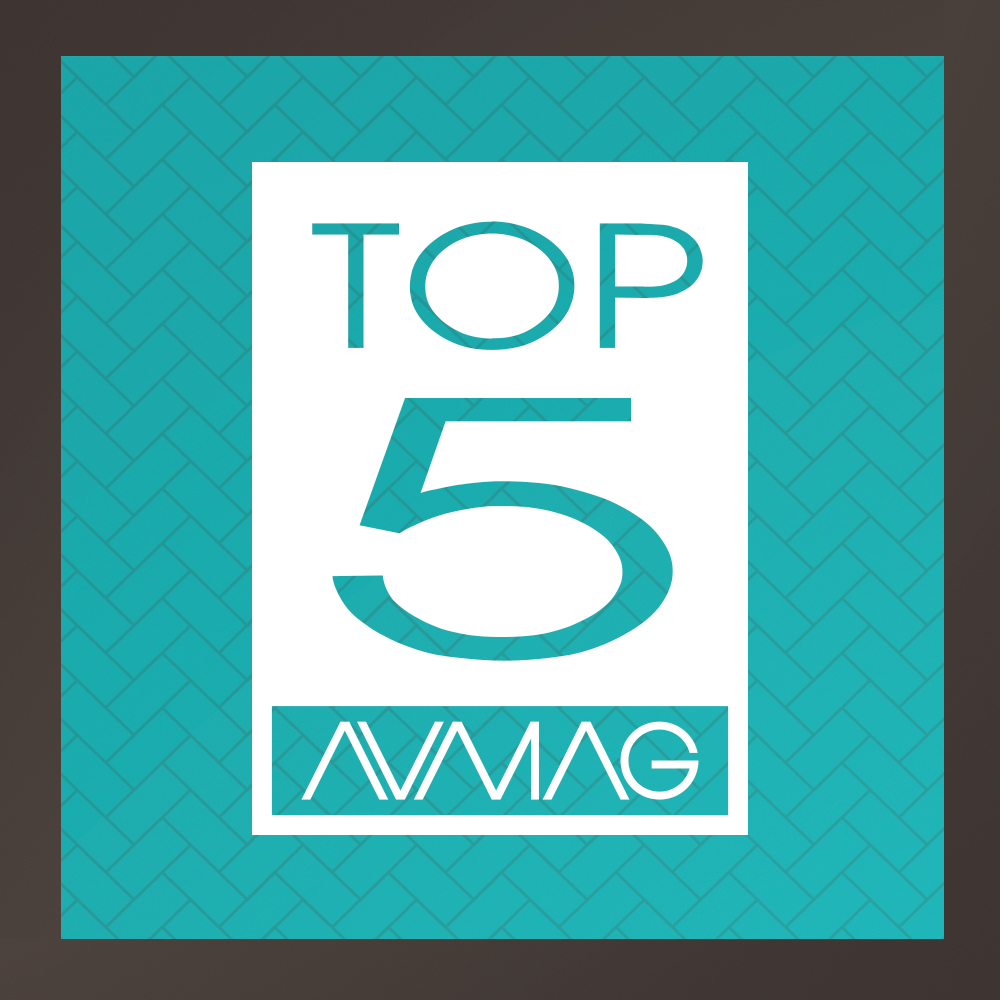I guess the question will be , when will Taiko bring some form of DAC to market. Personally it was Lampizator that got me back into the digital game. The Pacific is a fantastic DAC. Yes mine was single ended. As for tube rolling I played with a few rectifiers but stayed with my KR 242’s. I now have a Horizon and a tube set that I prefer, do much so I have 3 back up sets of each tube. My entire system is tubes, so for my ears Lampi is what lights me up with my Extreme
It seems I will need to address this at some point in time in light of these mounting "rumours"
As you all know we have been advocating the use of the USB interface to connect to your DAC while most other server vendors advocate the use of SPDIF/AES/I2S and in a few rare cases Ethernet. The reasons for this are pretty straightforward.
You aspire to meet or exceed cd transport playback performance for 16/44.1 files at a competitive retail price level. This first issue you will run into is a quite obvious one, you need a very significantly larger amount of PCB real estate, functionality and processing power which require much more filtering to have competitive electronics noise levels. You could argue that a CD transport comes with additional expense for rotational stability and vibration control (jitter) but then you're disregarding the streamer hardware possibly being equally sensitive to this, but you do have the luxury of the absence of a motor. Then you need an interface to the DAC. Very low noise SPDIF/AES/I2S solutions have been around for decades with not much, if any, mystery surrounding their sound quality performance. And obviously, using the same interface as a CD transport, it becomes easier to approach a CD transport sound signature. However with a limitation of a 24/192 data rate over a single line, and due to how the interface works, increased noise levels at higher sample rates. Typically this interface will not sound better for higher sample rate files then 16/44.1 (note that the source master quality tends to exceed any of these differences at all time), and worse then 16/44.1 with DSD/DXD files due to the need of significant conversion processing. Ideally you have managed to have CD transport quality playback, for all sampling rates... To us this has been an unacceptable approach from day 1, which is why we went all in on USB. USB data packet rate is fixed and does not change with sampling rate, the interface is universal, the interface sound signature does not change with sampling rate, and it's the same for all receivers, or at least, that was the design goal... Today we know and have proven this is not true. Sure we have developed an USB card with noise levels at or below those of an AES/SPDIF/I2S interface without the jitter/timing sensitivities of those interfaces. But still there were deviations and discrepancies from expected performance. It took designing our own USB driver, querying all DACs our customers support, and designing our driver to be adjustable to... different implementations of USB receivers in DACs. This was quite an elaborate project, but as you have all witnessed the performance delta can be dramatic. However as you also all know by now is that the playback software has it's signature too, and Roon's changed over time. Roon sounds more expansive then CD transports, but also softer and less clear, some prefer this over CD, some don't. So we have XDMS now to level the playing field once more. For 16/44.1 (local file playback) XDMS on the Extreme sounds like a mix of CEC TL0 3.0 timing, Kalista colour shading and the bass of a Mark Levinson 31.5. Let's say what we have today is competitive performance at 16/44.1 to top flight CD transports and deliver on the promise of better performance at higher sample rates (again assuming corresponding master quality).
Where to go next?
All good so far, I'd say we've made steady progress, but, during this journey, exploring the USB interface, driving it to it's absolute limits, coding drivers, coding playback software, the idea came to bear there's room for improvement, considerably so, as further improvements in code are not possible due to USB interface hardware limitations. Yes we can and conceptually have an even better USB interface design, but still this will the same limitations, this kind of improvement would be similar to the "dumb improvement" of overkilling linear power supplies for a bigger multi box model Extreme without actually solving a "problem", without real progress or innovation.
So we took it upon us to embark on a very ambitious project of designing an entire new interface not hindered by the limitations of either the USB or AES/SPDIF/I2S interfaces. This project involves coding a whole new driver stack with corresponding software from scratch and a whole new hardware interface. We have not thought of a name for it yet but internally we refer to it as: TACDA and TACDD for Taiko Audio CPU Direct to Analogue and Taiko Audio CPU Direct to Digital.
The first product we have using this technology is actually close to release already, being a PCIe card with analogue RCA outputs, SPDIF RCA and BNC, and toslink, not that I expect anybody to be using toslink but it costs virtually nothing extra, maybe useful to hookup an A/V receiver?
We have talked to @Lukasz "Lampizator" Fikus who is open to incorporating this new interface into his DACs, to Jonathan Gullman of MSB who is willing to port this to their PRO/ISL interface, and have just approached Vincent Brient of Totaldac which would be a very nice next phase of this project.






